
Truthfully, it was not until rather recently that I really was able to understand the extent and prevalence of anti-Shia bias in the many spaces, relationships, and academic work I occupied and engaged in. The microaggressions, exclusion, erasure, dismissive attitudes, or blatantly anti-Shia remarks were so normal, latent, casual, and consistent that I did not even realize the extent of the trauma and anxiety I was carrying as a result of it.
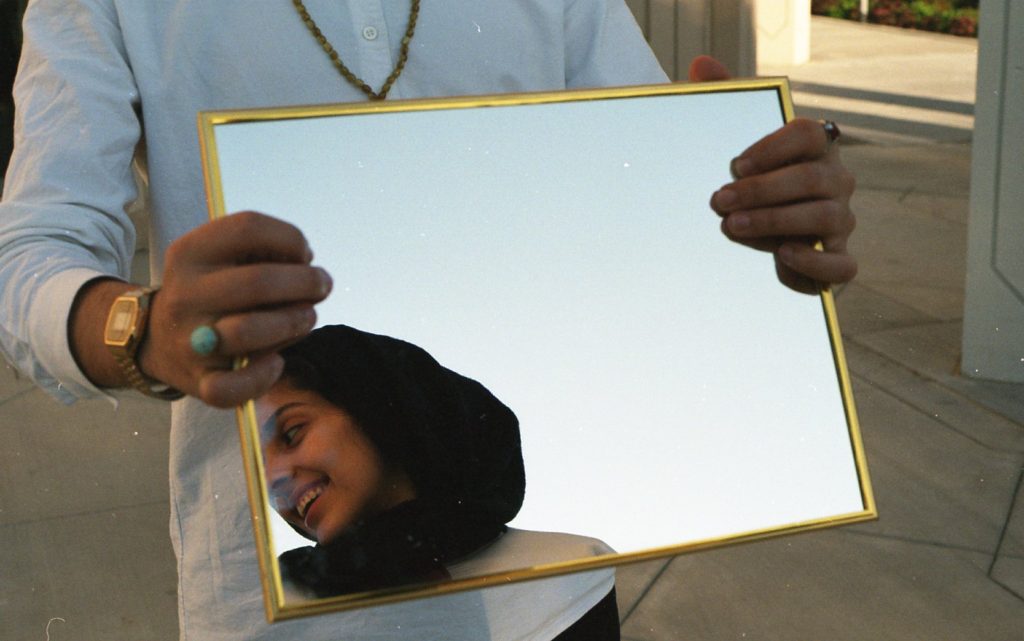
Growing up as the only visibly Muslim woman throughout my schooling in Oklahoma, USA my self-esteem was completely shattered and my identity and core values were constantly questioned by my peers–and soon, by myself as well. From a constant state of being a minority ostracized and ridiculed within a majority white and conservative suburb, I had internalized a certain level of Islamophobia as a consequence. Islam was viewed to be at odds with a self-proclaimed “secular democracy” and everything I did was seen under a hyper-politicized lens. For example, I did not know it was not “normal” to be called a terrorist on a near-daily basis or get physically assaulted at school for wearing hijab. The few lines of “Islamic history” we learned in class were drenched in violence and only worked to reinforce narratives of ostracization and othering. It was only after I had moved to Chicago in 2012 for college that I was able to truly understand the extent of — and work to unlearn — the white supremacy and anti-Muslim bigotry I had internalized from being in spaces where it thrived unabashedly during the critical years of my identity formation.
Similarly, the extent to which the predominantly-Sunni spaces I have spent significant time in were just as much perpetuating and enforcing a certain degree of prejudice about Shi’a Muslims that I was consequently internalizing and allowing to question the very fundamental aspects of who I am. My renewed understanding of my Shia identity — and the constant discomfort and tension I felt leading up to this point as a result of the spaces I was occupying and learning about Islam in — was sparked only after the sudden end of a two year relationship with an Arab Sunni only months before our anticipated engagement.
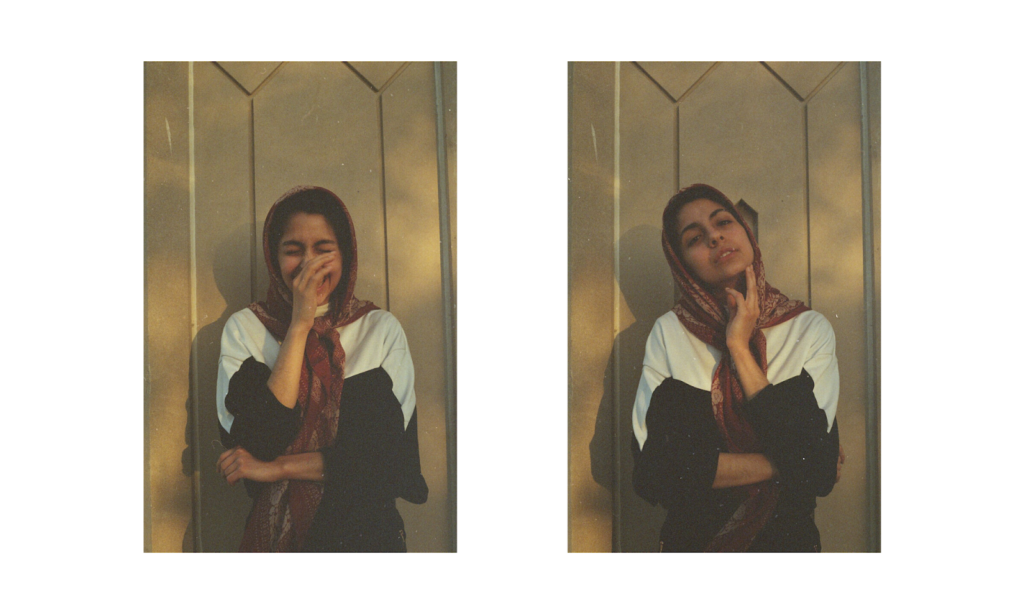
While, admittedly, my parents were against our relationship in the beginning, arguing that Sunni-Shi’a relationships do not work when both parties are actively practicing their faith, I consistently pushed back, did the difficult work of having repeated conversations (and arguments) addressing their concerns and eventually won them over. While his parents seemed to be okay with everything in the beginning, I was eventually asked not to “bring up Saudi stuff,” not to “be super political” in conversation with them, and to even “pretend to be Sunni” to his extended family. Eventually, over the course of a phone call that lasted less than twenty minutes, he told me things can no longer move forward, citing again anti-Shia bias I had dispelled in prior conversations.
The end of the relationship in and of itself was less painful than the new realization and recognition of the slow-building trauma of blatant and latent anti-Shi’ism I had internalized and normalized over the years, in spaces and places beyond our relationship. I was hurt and deeply confused as to how someone who claimed progressive values, open-mindedness about so many “taboo” topics within Islam, could so be so easily influenced by anti-Shi’a prejudice. I began to realize that many of my friends were the same way. The conversations we had together about Sunni privilege and anti-Shi’a violence felt like explaining racism to a white man lacking self-awareness and unaccustomed to exclusion and violence in everyday spaces and institutions, or Islamophobes whose eyes and ears have been sealed shut to reality despite how many times they’re told the truth. It seemed unfathomable to many Sunni men that something that seemed so perfect and pure (i.e. Sunni Muslim spaces) could possibly be weaponized — intentionally or not — to make other Muslims (women, Shi’a Muslims, non-Arabs, queers, and other minorities) deeply uncomfortable and systematically disenfranchised.
But regardless of the intentions or situations that create and perpetuate anti-Shi’ism, the result is ultimately always traumatic, harmful, and requires urgent redress. Below are just a few beliefs, attitudes, political dynamics, and behaviors I have been able to understand in which structural Sunni normativity and anti-Shi’ism exists and thrives in Sunni Muslim spaces.
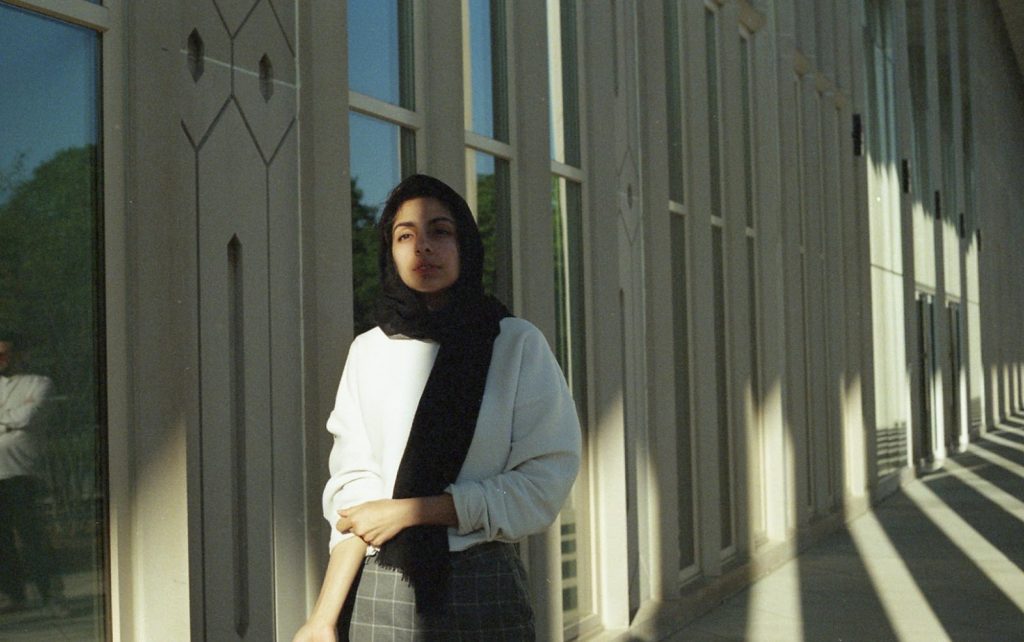

Just as “whiteness” is the normal and default Google stock image, Sunnism typically remains the dominant and assumptive default of any space that has not been specifically defined otherwise. Muslim Student Associations, “third spaces,” and even academic literature about/by Muslims consistently center Sunni schools of thought and doctrine, exclusively Sunni hadiths, and Sunni interpretations of historical events as factual and without noting the Shi’a approaches to the same, let alone the breadth and depth of other perspectives that exist in the tapestry of our tradition.
While Sunnis are the majority in most Muslim spaces, it’s important to note that numbers don’t guarantee the accuracy of a perspective or otherwise.
*Of course, anti-Sufi violence also unfortunately exists widely in various Muslim-majority countries
From my experiences navigating both Sunni and Shi’a spaces, I’ve noticed rituals and practices particular to each, that seem rooted in different understandings and frameworks of Islam. Of course I am not a theologian, but it seems apparent that Sunni tradition is rooted more in Sunna (as obvious as this may sound), though in contrast, the Shi’i tradition carries an additional layer of emotive, oral practices that have been transmitted to us by the Ahlul Bayt.
In particular, the duas recited in Shi’a masjids tend to originate from members of the Ahlul Bayt that have been passed down through oral tradition. Du’a Jawshan Kabir for example, a long, devastatingly beautiful, and emotionally-captivating duaa containing 1000 names and attributes of Allah and recited regularly during Ramadan in Shia spaces, was written by Zayn al-Abidin (the 4th Imam in Twelver Shia tradition) and passed down through the Prophet’s family.
Additionally, the death of Imam Hussain at Karbala (whose sacrifice is remembered and commemorated during Muharram, a time when anti-Shi’a violence spikes globally) is a grave injustice within the heart of Islam’s history, and it is through this act of mourning that Shi’a Muslims remember and honor the ultimate sacrifice in the name of justice.
These two examples of emotive and oral practices establish a relationship to Islam and Islamic history that elicits and encourages mourning, and is centered in most Shi’a spaces. Therefore, it is very normal (and in fact encouraged) to cry in Shi’a masjids, and it can also serve as a decolonial practice that allows for communal healing and reaffirmation to the pursuit of social justice.
Yet, Shi’as are constantly ridiculed and questioned for these practices that, from a strictly textual (non-Sufi) Sunni perspective, are seen to be superfluous and “overly emotional” — a label not attributed to similar Sufi practices within Sunnism.* Despite lamentation and emotive practices prevalent in Sufi expressions of Sunnism, Sufi Muslims are generally understood to be a “valid” practice of Islam within most mainstream Sunni diaspora spaces — an acceptability typically not afforded to Shi’as.
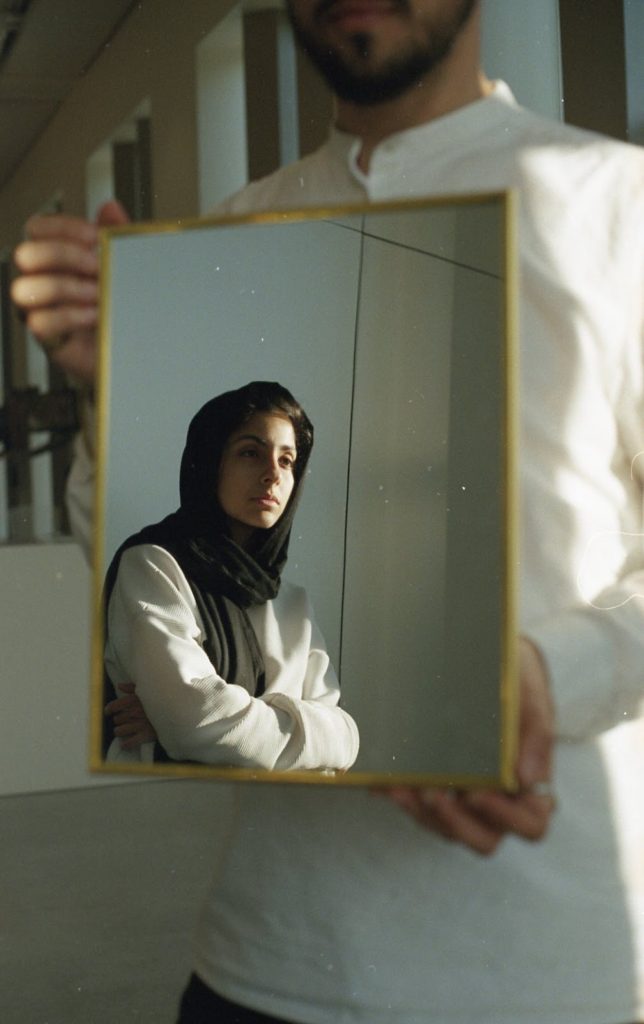
Within most Shi’a traditions, the Prophet (SAW) and his family are revered, celebrated, mourned, and centered in khutbas, programming, curricula, etc. This is largely because, among other reasons, each member of the Ahlul Bayt carry legacies and stories that reflect and model the ideals of Islam on a fundamental level. The unapologetic commitment to social justice, community, radical love, selflessness, pursuits of knowledge, and other virtues encouraged in the Qur’an and embodied in the stories of the Prophet (SAW) and Ahlul Bayt are incomparable. This creates a framing within Shi’a spaces that I have always deeply loved and appreciated because they keep me grounded. Their stories are also particularly important for Shi’a Muslims given the messages of justice they carry and the parallels that are able to be drawn to the current widespread anti-Muslim, anti-Black, (and anti-Shi’a!) persecution globally.
However, in anti-Shi’a discourse, such a framework is criticized as “too political,” calling the emphasis on figures like Imam ‘Ali, Imam Hassan, and Imam Hussein as “excessive” and even sometimes inaccurately assuming Shi’a Muslims place the Ahlul Bayt on the same (or even higher) platform as the Prophet (SAW).
And yet, Sunni Muslims typically rarely, if ever, have to engage in the same sort of “inter-sectarian” work on a community or personal/individual level as Shi’a Muslims typically do on a consistent basis. Rather, Shi’a Muslims and other Muslim minorities are constantly estranged, excluded, and not given a comfortable space to exist and practice within Islamic “non-denominational” yet Sunni-majority spaces.
Playing the “colorblind” game has never aided progress–let alone the conversations required to get us there. Nearly every time I passively mention or allude to the fact that I am Shi’a on social media or in conversation, I am usually quickly met with a barrage of messages or hostile questions about why I feel the need to “make such a big deal” about being Shi’a, intrusive questions about my beliefs, or messages proudly proclaiming that they are so “post-sectarian” that “I didn’t even realize I was Sunni until last year.”
A lack of understanding of differences between Sunnis, Shias, and other minorities does not make anyone any “better” a Muslim or more “sectarian blind,” but rather simply reaffirms the structural privileges of not needing to understand why your faith is constantly questioned and critiqued in everyday, mainstream self-proclaimed “non-denominational” Muslim spaces.
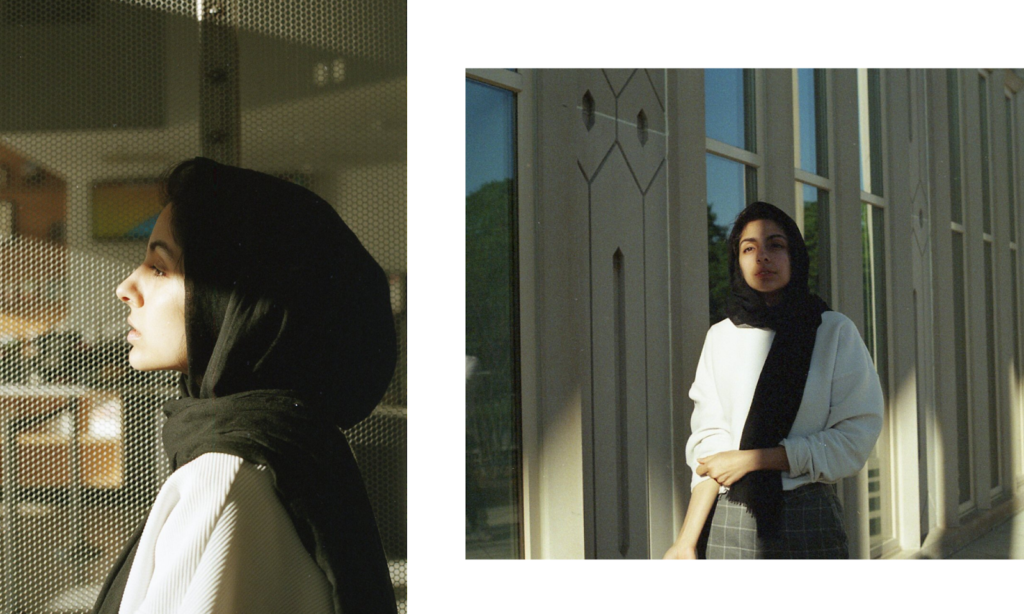
Just as there are various interpretations, practices, and schools of jurisprudence and thought within Sunni tradition, there are several varieties of Shias (including but not limited to Twelvers, Ismailis, Zaydis, etc) and other Muslim minorities (Ahmadis, etc). Just as Sunnis fall on all levels of the religious and theological spectrum, so do Shi’as and others. And just as homogenizing all Muslims under one banner is what Muslims frequently critique Islamophobes for doing, asking minority Muslims to conform to uncompromising spaces and reductive labeling is not only unfair, but violent. Saying “we’re all Muslim” to avoid having difficult but desperately-needed conversations about intra-Muslim dissonance only rips the community further apart, and erases all of the beauty of the variety of ways that Muslims have forged a relationship to Allah and Islam.
If your extended (or immediate!) family would be opposed to you marrying someone who is Shi’a (or Black, working class, etc) that is only all the more reason to use the opportunity to challenge these toxic and harmful perspectives. We need to be having conversations around racism, class, queerness, gender, and other forms of systemic violence–such as anti-Shiism–and hold our family accountable, not excuse them for their harmful beliefs and hide the Shi’as in your life away. These could be the same uncles that defend or justify when Shias are murdered, the same aunts who perpetuate anti-Blackness, and the same grandparents that enforce class or caste divisions. This is more important than labels; this is about combatting systemic oppression regardless of who it is against–and as a Shi’a, I would argue this is a duty in Islam for all Muslims.
This piece has been cross-published on Amaliah, our favorite UK-based Muslim platform highlighting and uplifting the voices of Muslim women, unafraid to publish the “taboo” or difficult conversations needed in the Muslim community.
P.S. Sorry friends had to turn off the comments here — though you can probably assume why. 🐤